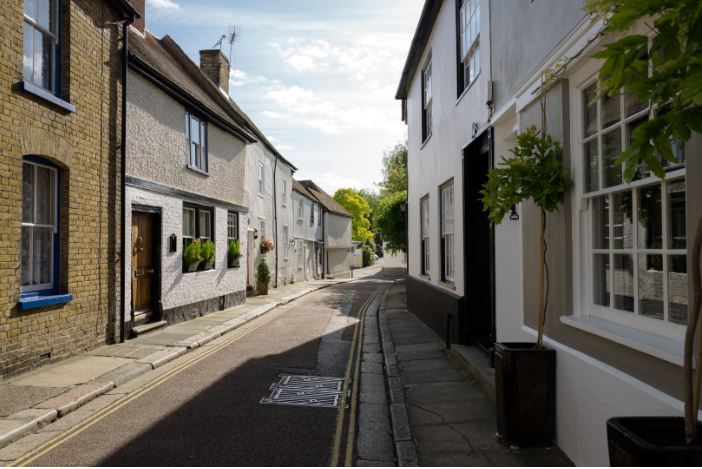
Amid the chaos of Brexit landlords have, by and large, managed to stay away from the relative carnage and emerge unscathed. House prices, demand and yields have stayed, up to now, strong and resilient.
As the markets return to calmness and the pound begins to rise again there seems to be positive news for everybody with the stability of a new prime minister bringing stability in the financial sector as the uncertainty of the past few weeks begins to subside and the FTSE returns to bull territory.
Landlords haven’t had the easiest ride in 2016 though and with the new tax laws came anxiety about whether confidence would remain in the market. As the tax burden of new landlords to the market increased significantly, many worried that it would scare landlords away leaving a surplus of housing stock and consequently driving prices down. As we have seen recently though, the market and demand have remained stable, if a little slower than before the rises. The most significant loser in the tax rises was London though, with such high average house prices meaning that as a percentage a lot more of investors’ money went to the exchequer in a lump sum. In contrast The North of England saw overall investment rise as, while the rises still affected landlords, the material difference was insignificant compared to the capital.
The rental market remains resilient in the face of the various economic and political headwinds the sector has faced recently. The index of private housing rental prices, the most comprehensive data available on the UK’s private rental market, shows that rents agreed on new tenancies across the UK (excluding London) over the three months to the end of June were up by 3.5% compared to the same period in 2015. In the capital, meanwhile,
rents were 3.9% higher.
By contrast, the UK-wide figure for May was 4.4% (6.2% in London). The more modest rental increases seen in June are a continuation of a trend that has developed throughout the first half of the year, with rents rising across much of the UK each month but at a slower pace than was the case throughout most of 2015; last June, rents were rising at an annual rate of 7.8% (10.1% in London).
Meanwhile, tenant demand for property has remained strong, particularly given rising house prices and squeezed mortgage availability, and projected growth in the UK’s population suggests this will continue. Official projections suggest this growth will come from both the British-born population and net migration. Nevertheless, the slowing in the pace of rental increases may reflect landlords’ recognition that an affordability ceiling is approaching.
The outlook for the sector will depend in part on the fall-out from the UK’s decision to leave the European Union in June’s referendum. Some economists expect the referendum result to act as a brake on construction in the housing sector, which could exacerbate the current imbalance between demand and supply in the rental market. It is also possible that demand may increase as would-be house buyers opt to wait and see how house prices are affected over the next 12 months and beyond.
Landlords are confident that the market is growing and evolving whilst agents are also seeing their stock rise as customer service and value for money increase The majority of successful landlords are able to enjoy a relatively hands-off approach as letting and management are handled by third parties. As the economy and the country returns to stability it looks to be business as usual for landlords and agents.




